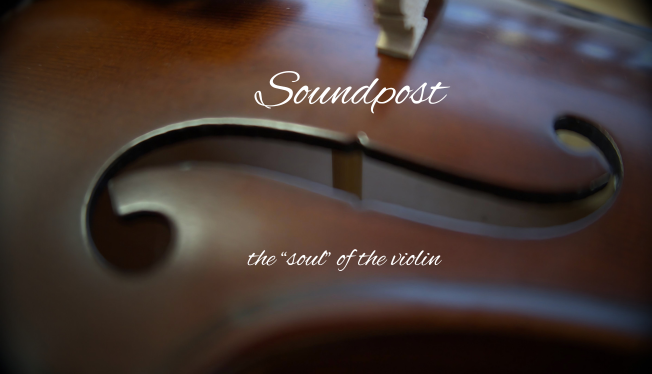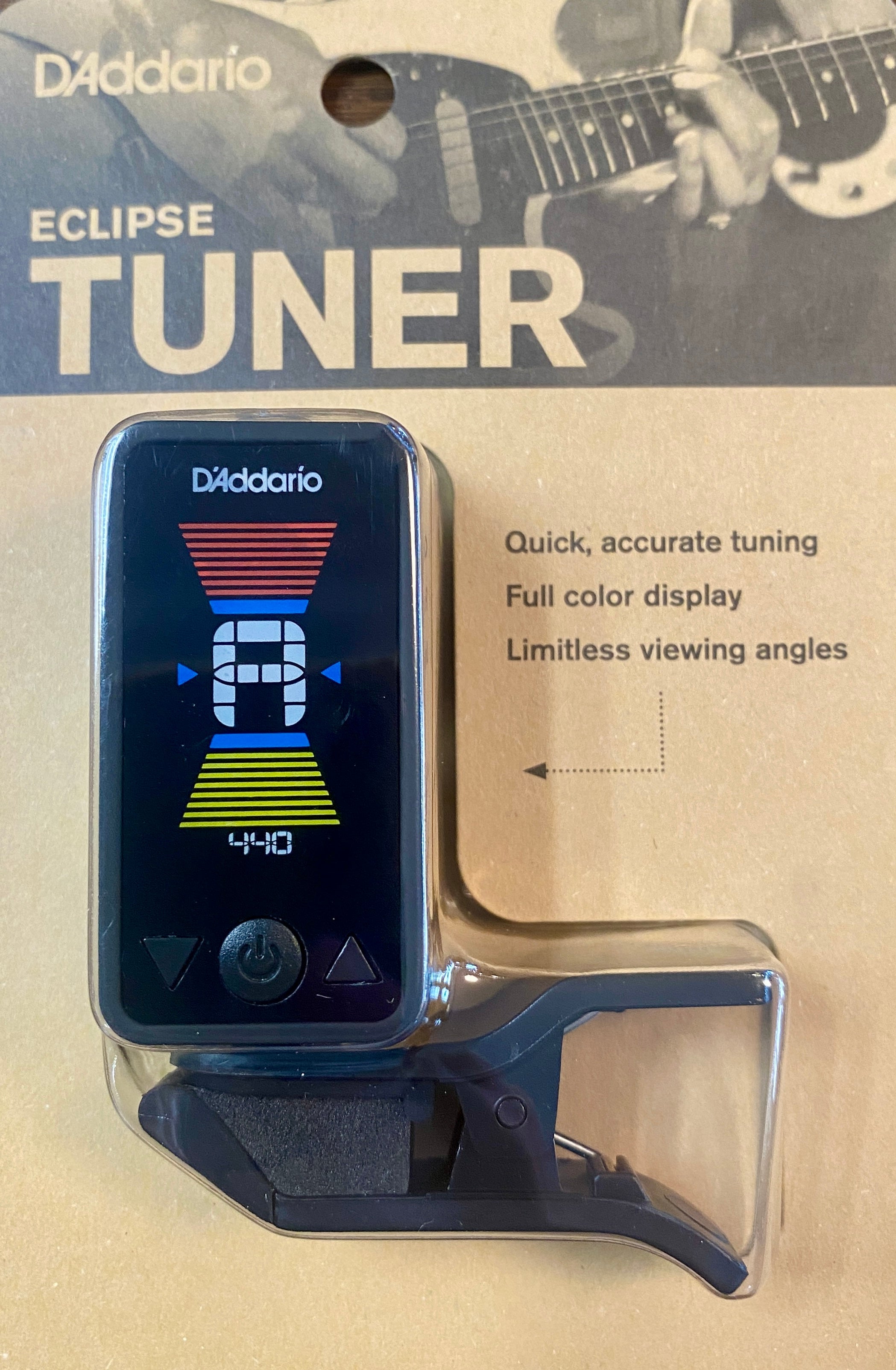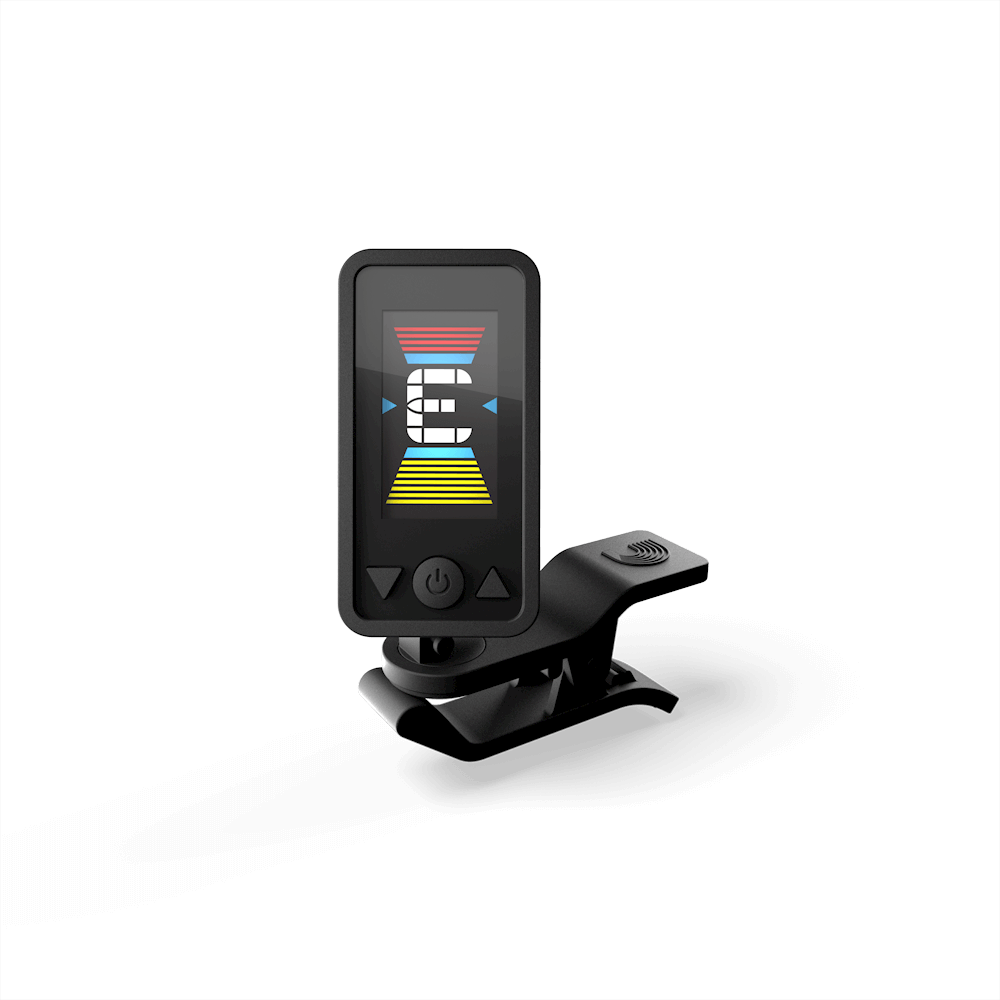In the intricate art of violin making and violin setup, the soundpost holds a place of critical importance, often described as the 'soul' of the violin. This small, cylindrical piece of spruce wood, positioned inside the violin between the top and back plates, plays a pivotal role in the instrument's acoustic properties. For expert violin makers and players alike, the soundpost is not merely a structural element; it's a key to unlocking the violin's full sonic potential.
Fundamental Role in Sound Transmission
The primary function of the soundpost is to transmit sound vibrations from the top plate, where they are generated by the strings via the bridge, through the violin to the back plate. This transmission significantly enhances the instrument's sound quality giving the violin its tonal presence and projection. The soundpost’s position and tension directly affect the violin's tonal balance, responsiveness, and projection. The soundpost's placement, typically aligned in relation to the treble foot of the bridge, needs to be precise. Even a millimeter’s shift can greatly alter the instrument's sound, demonstrating the critical nature of its placement and adjustment.
Setting the soundpost is a process that requires not only technical skill but also a deep understanding of the violin's individual characteristics. Each instrument reacts differently to the position and tension of the soundpost. Adjusting it involves a subtle interplay between the tension of the strings, the curvature of the plate arching, and the inherent acoustic properties of the wood. This delicate balance is what makes the soundpost adjustment both challenging and vital. The soundpost doesn’t change the overall character of the instrument it unlocks and controls the voice to maximize the potential of the instruments character.
Material and Craftsmanship
The material of the soundpost, traditionally spruce, is chosen for its strength and flexibility. The density and grain structure of the spruce significantly impact its ability to transmit sound efficiently. The crafting and fitting of the soundpost require exacting precision – it must fit snugly between the top and back plates without being overly tight, as excessive tension can damage the violin.
In addition to the material, the craftsmanship involved in shaping and fitting the soundpost is of paramount importance. The soundpost must be cut and shaped to match the curvature of the violin's interior surfaces. This custom fitting ensures optimal contact and pressure distribution, which is essential for effective sound transmission. The skill of the luthier in shaping and positioning the soundpost is a critical factor in realizing the full acoustical potential of the violin.
Impact on Sound Quality and Playability
The soundpost's influence extends beyond the violin's tonal quality to its playability. A well-adjusted soundpost can enhance the instrument's response, making it more sensitive to the player's bowing techniques. Players often notice a significant difference in the way the violin responds to dynamic changes and articulation following soundpost adjustments. This responsiveness is crucial for musicians, as it allows greater expressive control and nuance in their performance.
Furthermore, the soundpost affects the balance of sound across the violin's strings. A properly positioned soundpost can ensure that all strings produce a harmonious and unified sound. Conversely, a poorly adjusted soundpost may lead to an imbalance, where certain strings may sound more dominant or subdued than others. Such nuances make the soundpost adjustment a critical aspect of the violin setup and one of the hardest techniques to learn. The difficulty is not just the skills needed to fit the post but to decipher what the player is looking to achieve with the adjustment and the luthier having the knowledge to deliver this goal.
Adjustments and Seasonal Changes
Soundpost adjustments are not a one-time task. Seasonal changes in humidity and temperature can affect the wood's dimensions, necessitating periodic adjustments. The expanding and contracting of the wood can alter the soundpost's fit, impacting the violin's sound and playability. Regular check-ups and adjustments by a skilled luthier are essential to maintain the instrument's optimal condition.
Conclusion
The soundpost, a seemingly modest component in the violin's construction, is fundamental to the instrument's acoustics. Its precise placement and fitting are critical tasks that significantly influence the violin's sound and playability. As violin makers, understanding and mastering the art of soundpost adjustment is crucial in crafting instruments that not only sound exquisite but also respond well to the musician's touch. The soundpost, in its unassuming way, is indeed the soul of the violin, central to the instrument’s voice and character.





